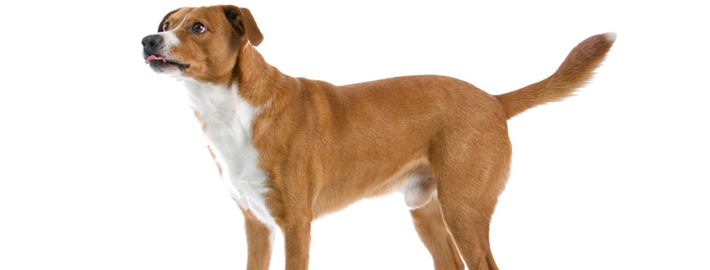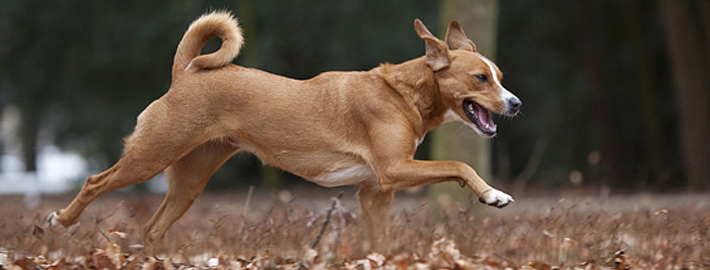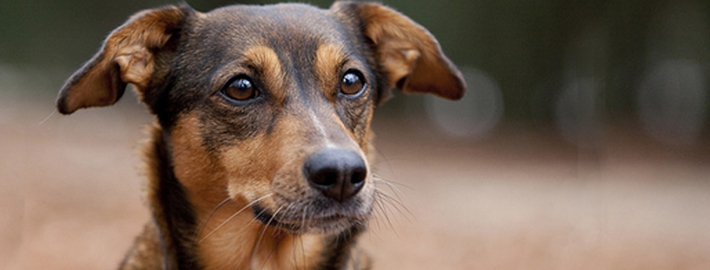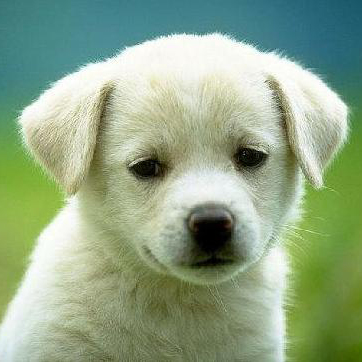What makes the Austrian Pinscher Unique?
Austrian Pinschers are assertive and attentive, lively and playful dogs that are especially devoted and friendly to people they know. Distrustful of strangers and incorruptible as guard dogs, they have little in the way of a hunting instinct, as their main task has been protecting people and property for a very long time.
Page Contents
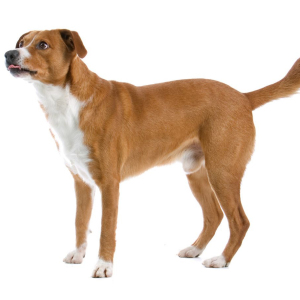
SnapShot
Is the Austrian Pinscher Right For You?
The Austrian Pinscher is a medium-sized versatile breed originating in Austria and it has been developed by crossing German Pinschers with dogs native to Austria. Initially regarded as a trustworthy working dog around the Austrian farms and bred solely for this purpose, this rugged, even-tempered and highly intelligent breed is nowadays used as a vigilant watchdog, a fearless and reliable guard dog, a high performance livestock herder and pest-destroyer as well as a loving and affectionate family companion.
The Austrian Pinscher is generally even-tempered. It is very energetic, active, friendly, alert yet docile and it thrives on plenty of regular activity to maintain its health. Its playful and gentle temperament is best exhibited when this dog is in the company of children. Although it is equally loyal, devoted and affectionate towards all family members, it loves children and it is fiercely protective of them.
The best condition to have for an Austrian Pinscher would be a farm, however a large yard will do.
In 5 Words
- Lively
- Playful
- Friendly
- Devoted
- Alert
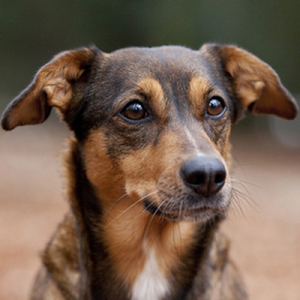
Characteristics
Learn About the Austrian Pinscher
Description
It is a medium-sized dog with the short body, cobby, brawny. The head has conical shape with a short snout and strong. The eyes are round, big and have dark colour. The ears has the proper size and are folded along the head. The neck is short and strong. The tail is quite short and carried turned backwards or can be cut short and carried upped. The fur has a short hair, brawny, well adhered to the body, yellow coloured in different shades, brown-striped.
Short History of the Austrian Pinscher
Paintings exist from the 18th century that show dogs almost identical to today’s Austrian Pinscher. They are likely descended from these dogs and were developed as an all-purpose farm dog, used for driving and guarding of livestock, and also as rat catchers. Select breeding did not begin until 1921, when these dogs were still plentiful in Austria, and they were first recognized by the Federation Cynologique Internationale (FCI) in 1928. Having never gained popularity outside of farm life, today the Austrian Pinscher is becoming an increasingly rare breed, even in its homeland.
Temperament
This breed can actually be a bit high strung if they are not giving the workload they are used to and bred for. These dogs find comfort in guarding livestock and helping around the farm. These dog was bred to be on the farmlands and is an attentive protector with a loud and rough bark, making him not so suited for urban and suburban areas, they are better off in a rural town. They can be calm and adoring to their masters and family, but they need to be socialized with other animals or else they might attack and hurt them severely. Since they feel as though they are the leader of their house, proper training must undergo so their master takes the top slot.
Caring for Your Austrian Pinscher
General Health
While the Austrian Pinscher is typically known as a healthy and hearty breed, they do suffer from a few health problems, including: elbow dysplasia, likeliness to develop cancer, primary lens luxation – dislocation of the lens, progressive retinal atrophy, entropian – folding inward of the eye lid, ectropian-folding outward of the eye lid, obesity, and bloat.
Grooming & Bathing
Austrian Pinschers are easy to take care of – all that is needed to keep the coat in good condition is to brush if from time to time to remove any loose and dead hairs.
Exercise & Training
Austrian pinschers thrive when they have large yards or fields in which they can race around for hours. Even with plenty of exercise, they don’t do well in apartments, condos or other small spaces. If you have a small yard, take your Austrian pinscher on long walks at least daily. Then, when he’s tired and happy, take him inside to hang out with you and your partner, where he’ll revel in his status as a member of the family.

